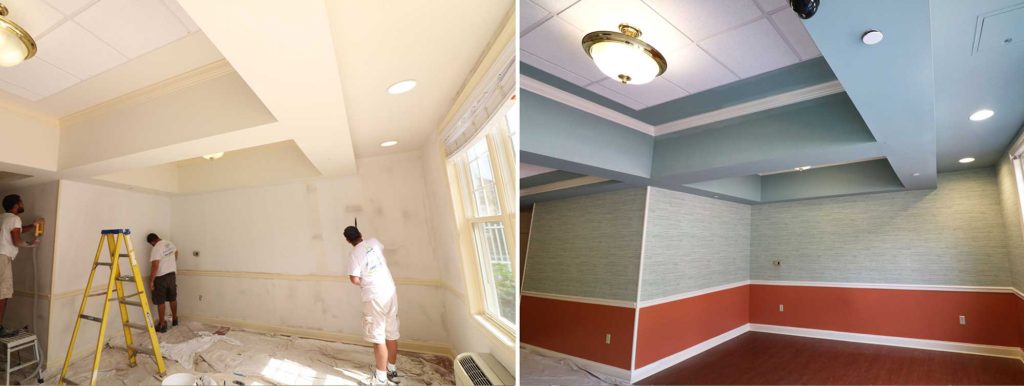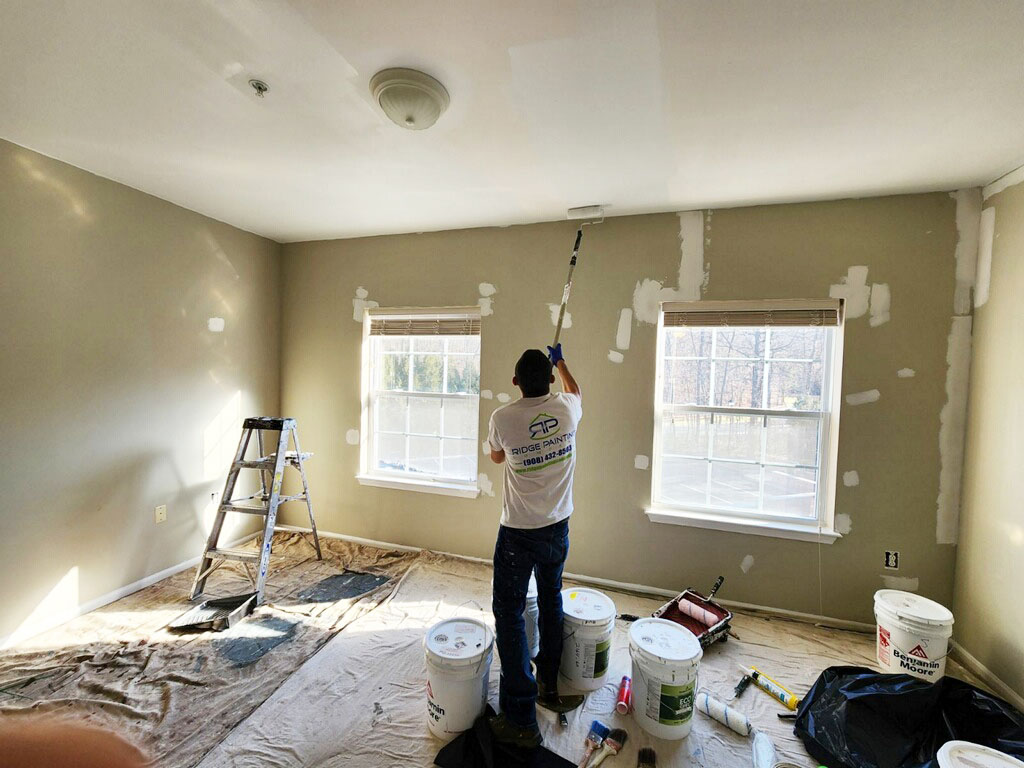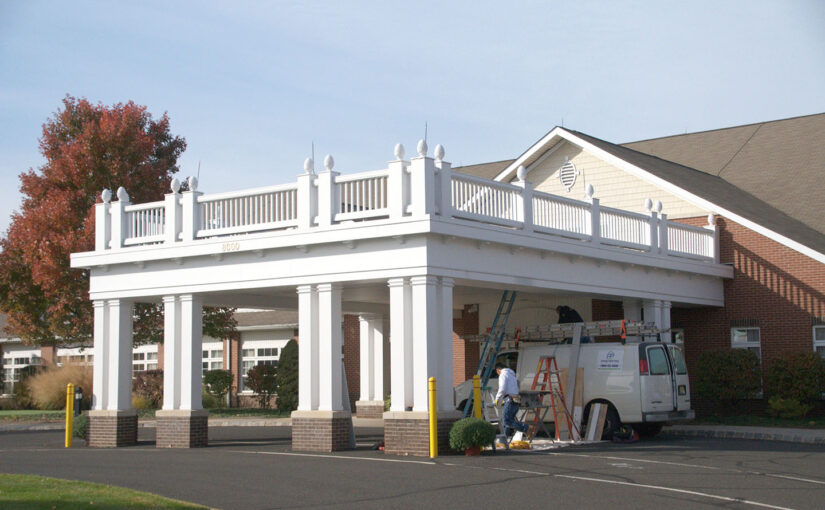Enhancing Value and Viability: The Economic Benefits of Regular Painting and Maintenance at Assisted Living Facilities
Assisted living facilities provide a crucial service, offering comfortable living spaces and care for the elderly and individuals who need assistance with daily tasks. The maintenance of these facilities is not just about ensuring a safe and pleasant environment; it plays a significant role in their economic health. Regular painting and upkeep are more than mere aesthetic concerns; they are strategic investments in the facility’s future. This article delves into how routine maintenance, particularly painting, can yield substantial economic benefits, underlining its importance in the overall management of assisted living facilities.
The Cost-Effectiveness of Preventative Maintenance
Routine interior painting, exterior painting and maintenance are key strategies in averting major structural damages that can result in hefty repair costs. For instance, regular painting protects surfaces from wear and tear, moisture damage, and other environmental factors. Neglecting these routine tasks can lead to severe issues like mold growth, wood rot, and structural weakening, which are not only expensive to address but also pose health risks to residents.
Such issues require extensive repairs, often disrupting the facility’s normal operations. By contrast, the costs of regular maintenance are not only lower but also predictable, allowing for better financial planning. Moreover, preventative upkeep extends the life of the building’s components, ensuring that the facility remains functional and inviting for a longer period, thereby enhancing its long-term economic value.
Enhancing Market Value through Aesthetics
The aesthetic appeal of an assisted living facility is crucial in determining its market value. A well-painted and maintained building creates a positive first impression, essential in attracting potential residents and their families. Studies have shown that the appearance of a facility significantly influences the perceived quality of care. A fresh coat of paint, well-kept gardens, and clean, orderly interiors can significantly increase the facility’s market value. Moreover, these aesthetic improvements make the facility more photogenic, aiding in marketing efforts and virtual tours, which are often the first point of contact for prospective residents.

Attracting and Retaining Residents
The state of a senior living facility directly impacts its occupancy rates. Residents and their families are more likely to choose and recommend a well-maintained facility. Consistent upkeep, signaled by regular painting and maintenance, reassures them about the quality of care and the management’s attention to detail. Furthermore, a well-maintained environment contributes to resident satisfaction, which is crucial for retention. Satisfied residents are more likely to stay longer and recommend the facility to others, creating a positive feedback loop that enhances occupancy and revenue.
Reputation and Competitive Advantage
In the competitive landscape of assisted living, a facility’s reputation is a key differentiator. Regular maintenance is a visible indicator of a facility’s commitment to quality and care. This commitment helps in building a positive reputation, not just among residents and their families, but also within the broader community and industry. A well-maintained facility stands out in comparison to those with visible signs of neglect, offering a competitive advantage in attracting residents, staff, and even potential investors.

Long-term Financial Stability
The combined effect of cost-effective maintenance, enhanced market value, increased occupancy rates, and a solid reputation contributes significantly to the financial stability of an assisted living facility. Regular maintenance can also qualify the facility for financial incentives or subsidies, especially if it aligns with certain health, safety, or energy efficiency standards. Effective financial planning must account for maintenance costs, viewing them not as mere expenses but as investments in the facility’s future profitability and sustainability.
Conclusion
The economic benefits of regular painting and maintenance at assisted living facilities are multifaceted. These activities prevent costly repairs, enhance market value, attract and retain residents, build a positive reputation, and ultimately contribute to long-term financial stability. Far from being a discretionary expense, regular upkeep is a critical component in the strategic management of an assisted living facility, ensuring its viability and success in the competitive healthcare market. By prioritizing regular maintenance, these facilities not only improve the lives of their residents but also secure their own economic future.

